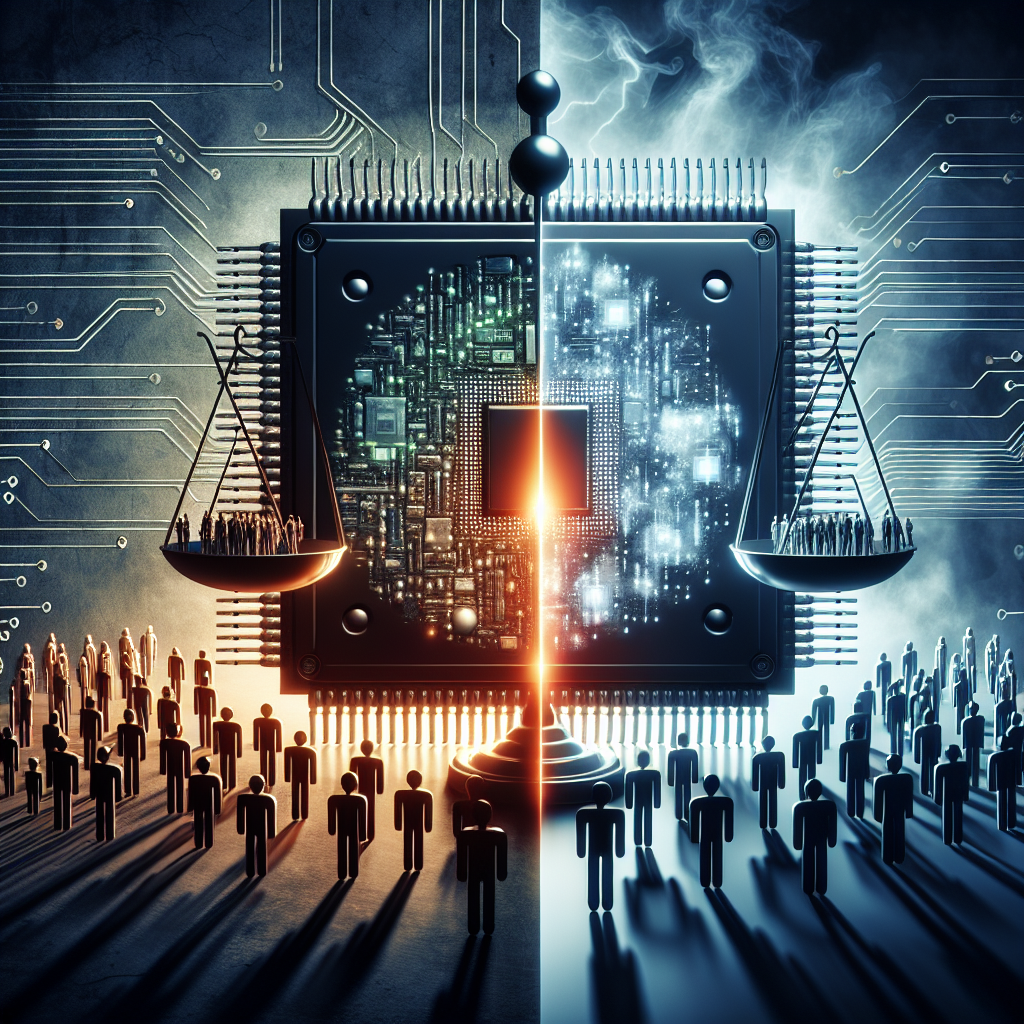Artificial Intelligence and Discrimination: Addressing the Risks
Artificial intelligence (AI) has the potential to revolutionize industries, improve efficiency, and enhance decision-making processes. However, as AI continues to advance, there are growing concerns about the potential for discrimination and bias in AI systems. These concerns are not unfounded, as there have been numerous cases where AI algorithms have exhibited biased behavior, leading to unfair treatment of certain groups of people. In this article, we will explore the risks of discrimination in AI systems, and discuss strategies for addressing these risks.
Understanding the Risks of Discrimination in AI
Discrimination in AI systems can take many forms, including racial bias, gender bias, and socioeconomic bias. These biases can manifest in various ways, such as in the allocation of resources, access to opportunities, and treatment by institutions. For example, a study conducted by researchers at the Massachusetts Institute of Technology (MIT) found that facial recognition systems were significantly less accurate in identifying the gender of darker-skinned individuals compared to lighter-skinned individuals. This bias can have serious implications, as it can lead to misidentification of individuals and unjust treatment.
Another example of discrimination in AI systems is in the use of predictive policing algorithms, which have been shown to disproportionately target minority communities. These algorithms rely on historical crime data to predict where crimes are likely to occur, which can perpetuate existing biases in law enforcement practices. This can result in increased surveillance and policing in already marginalized communities, leading to further discrimination and injustice.
Addressing the Risks of Discrimination in AI
There are several strategies that can be employed to address the risks of discrimination in AI systems:
1. Data Collection and Analysis: One of the main sources of bias in AI systems is the data that is used to train and test the algorithms. It is important to carefully consider the data sources and ensure that they are representative of the population. Additionally, it is crucial to analyze the data for bias and take steps to mitigate any biases that are identified.
2. Transparency and Accountability: AI systems should be transparent in their decision-making processes, so that users can understand how decisions are being made. Additionally, there should be mechanisms in place to hold AI systems accountable for any discriminatory behavior. This could include regular audits of the algorithms and processes used by the AI system.
3. Diversity in AI Development: It is important to have diverse teams of developers and researchers working on AI projects, to ensure that different perspectives and experiences are taken into account. This can help to identify and address biases that may be present in the algorithms.
4. Ethical Guidelines: There should be clear ethical guidelines in place for the development and deployment of AI systems. These guidelines should outline the principles of fairness, transparency, and accountability that should be followed when designing AI systems.
FAQs
Q: Can AI algorithms be biased?
A: Yes, AI algorithms can exhibit bias if they are trained on biased data or if the algorithms themselves are designed in a biased manner. It is important to carefully consider the data sources and decision-making processes used in AI systems to mitigate the risk of bias.
Q: How can bias in AI systems be identified?
A: Bias in AI systems can be identified through careful analysis of the data sources, decision-making processes, and outcomes of the algorithms. It is important to conduct regular audits and tests to ensure that AI systems are not exhibiting discriminatory behavior.
Q: What are the consequences of bias in AI systems?
A: Bias in AI systems can have serious consequences, including unfair treatment of certain groups of people, perpetuation of existing inequalities, and erosion of trust in AI technologies. It is crucial to address bias in AI systems to ensure that they are fair and equitable.
In conclusion, the risks of discrimination in AI systems are real and must be addressed to ensure that AI technologies are fair and equitable. By implementing strategies such as careful data collection and analysis, transparency and accountability, diversity in AI development, and ethical guidelines, we can work towards creating AI systems that are free from bias and discrimination. It is crucial for developers, researchers, and policymakers to collaborate in addressing these risks and promoting the responsible use of AI technologies.

